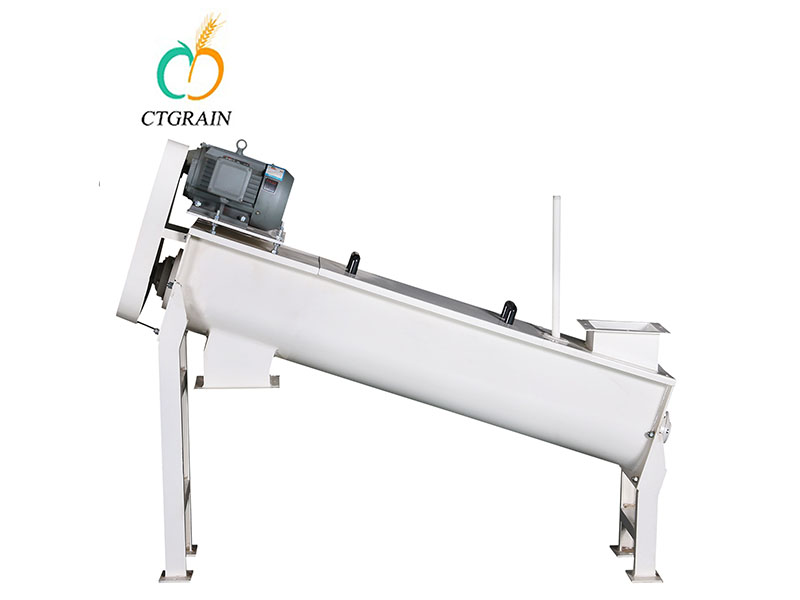As the moisture content and physical properties of wheat grains from different varieties and regions are different, some are dry and hard, and some are wet and soft. After cleaning, the wheat grains must also be adjusted for moisture, that is, the wheat grains with high moisture content should be dried, and the wheat grains with low moisture content should be properly added with water to achieve a more appropriate moisture content, so as to have a good milling property. Moisture conditioning can be carried out at room temperature.
The technology of moistening wheat varies from the variety and hardness . The moistening time regulated at room temperature is generally 12~30 hours, and the optimal moisture content is 15~17%. The moistening time and water content of hard wheat are generally higher than soft wheat. In the process of wheat cleaning, in order to meet the quality requirements for making various foods, wheat from different origins and varieties are often processed in proportion through a wheat weight balancor.
After dampening (put the wheat into the silo for a certain time after adding water), the wheat cortex and endosperm can be easily separated, and the endosperm is crisp and easy to grind; Due to the increased toughness of the bran, it can avoid being broken and affect the flour quality, thus providing conditions for the good and stable process and the qualified moisture content of the finished product. Heating regulation refers to water heat treatment equipment, which adds water to wheat, heats them, and then dampens them for a certain period of time. This is not only more conducive to milling, but also improves baking performance.
Post time: Nov-18-2022


